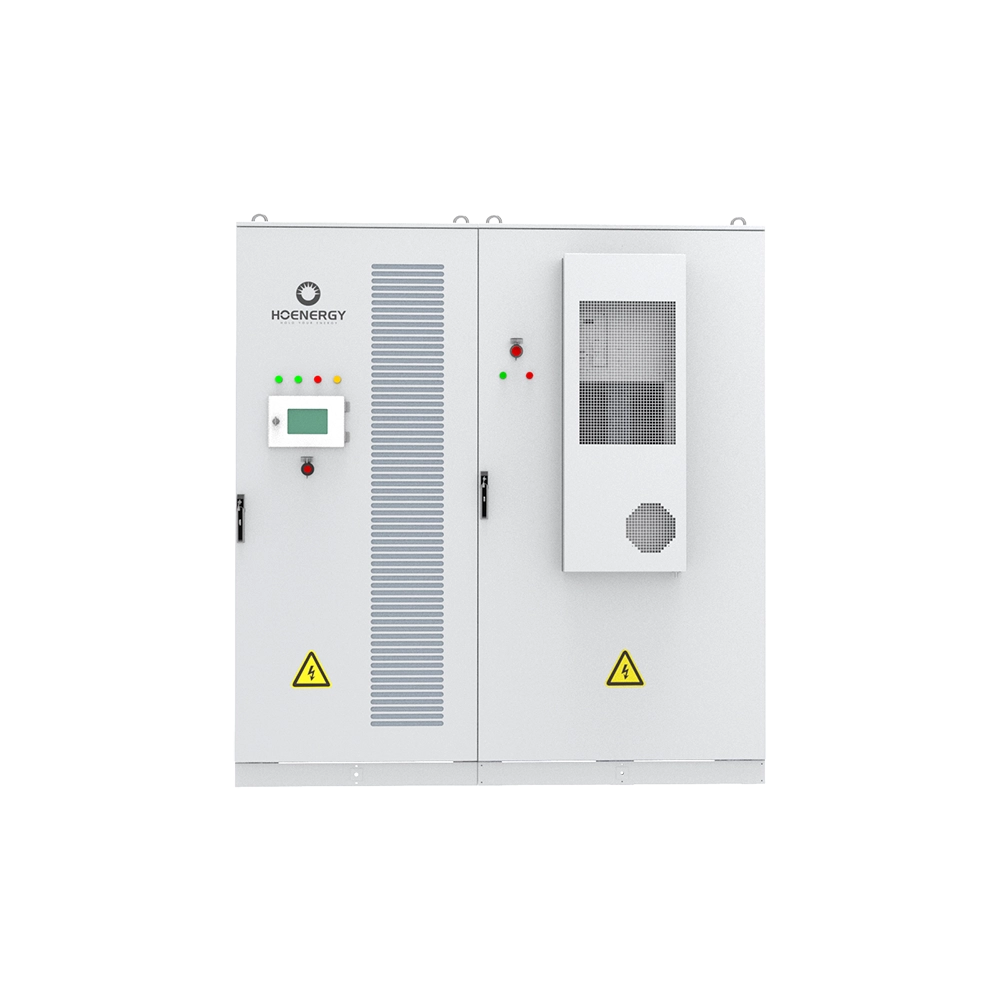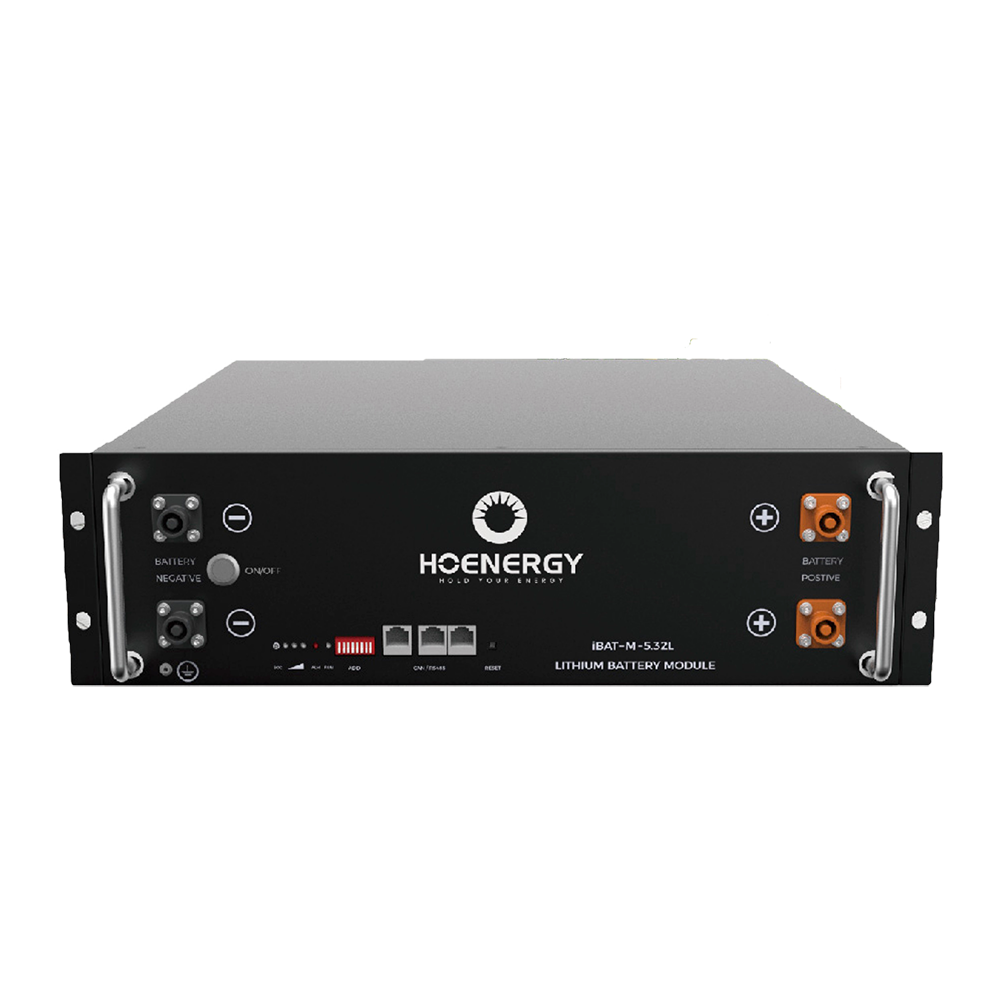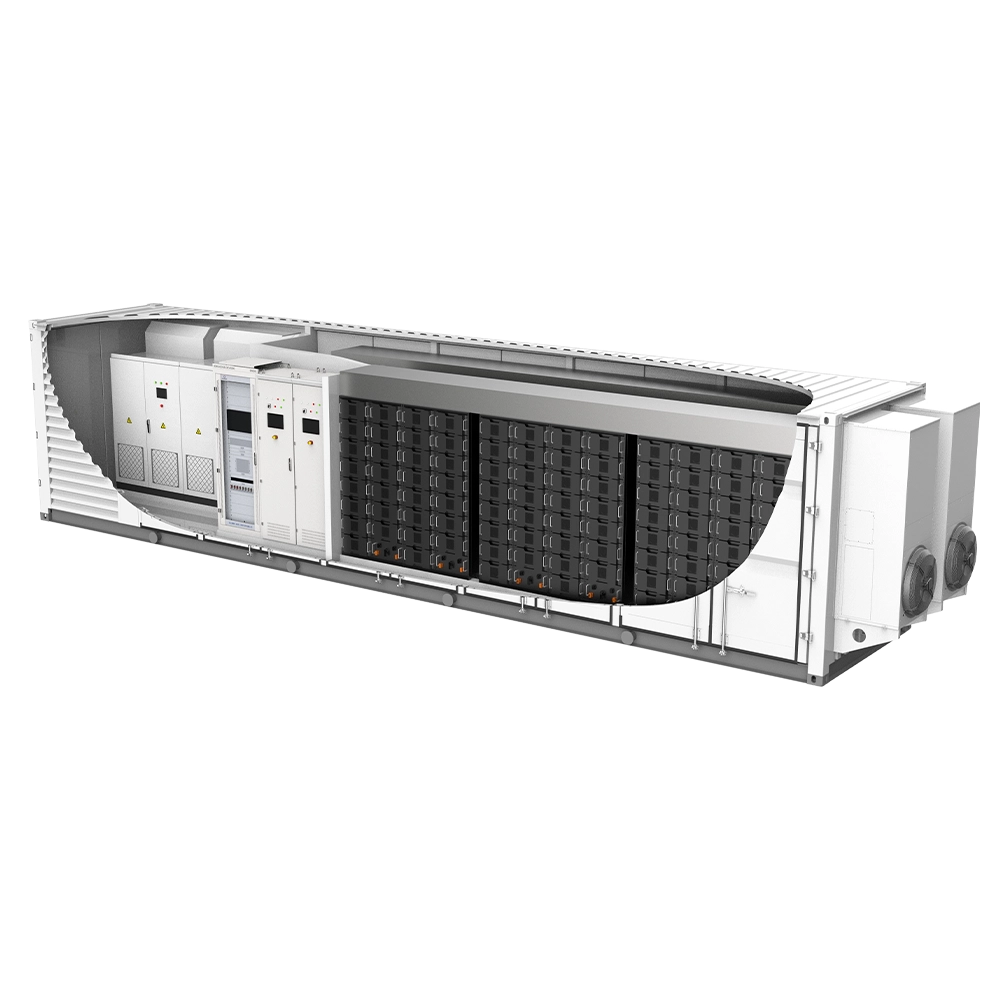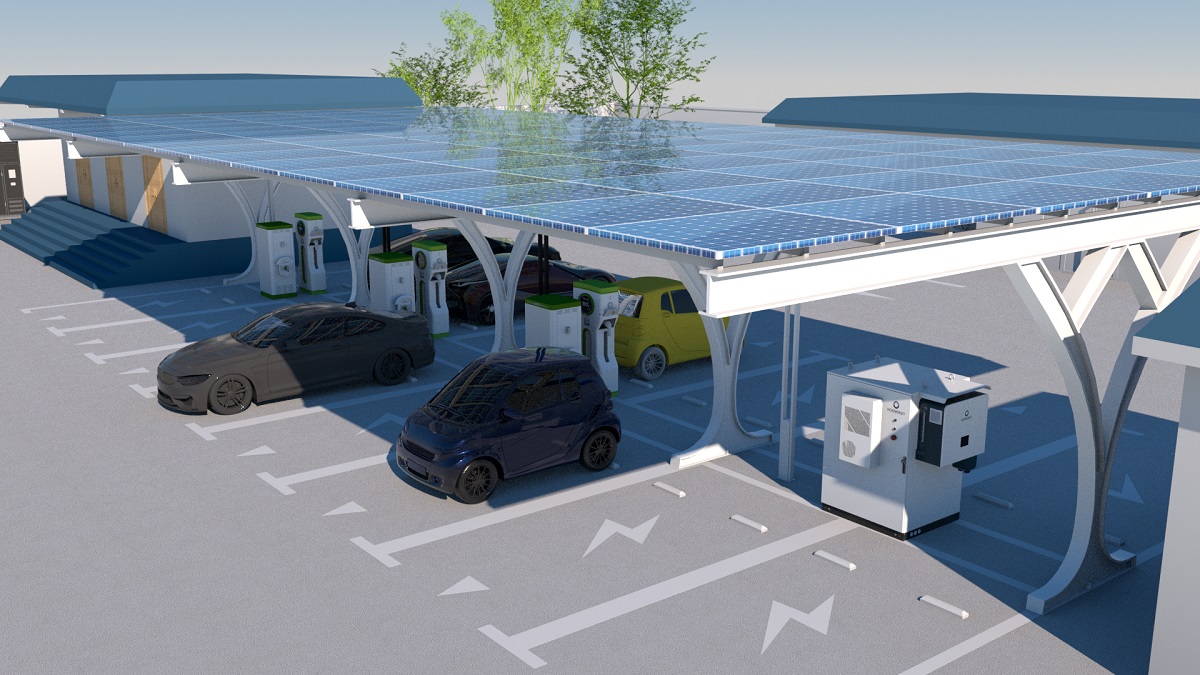What is a high voltage batteries?
Usually speaking, high-voltage batteries cost more to manufacture than low-voltage batteries. Materials used, battery management system (BMS) complexity, and necessary advanced manufacturing procedures all have an impact on costs. This greater price may make NEVs more expensive than traditional cars, which would prevent their broad use.

What features exist in high voltage batteries?
High discharge platform and high energy density are benefits of high voltage batteries. More capacity can be released by high voltage batteries under identical operating conditions. Its power is so higher and its battery life is greater.Higher energy density and up to 15% longer battery life than standard batteries;Stable and high discharge platform; regular usage has no effect on battery life;About 15% more battery energy density results with the same rate and size;The rate cycle performance is capable of sustaining 80% of the initial capacity after 300 cycles;The 3-year service life and the applications of the power industry with high and low temperatures and various rate requirements can be satisfied by reliability test tests that simulate real use;
Advantages of high-voltage batteries
High Energy Density: High energy density batteries are those that can store a lot of energy in a comparatively little volume. The range and performance of a NEV are directly impacted by this, so it is crucial. Longer ranges on a single charge made possible by higher energy density lowers charging frequency and makes electric cars more practical for daily use.
Better Power Delivery to the Electric Motor: These batteries’ high voltage enables this. Acceleration and general car performance can be enhanced in this way. High-performance electric cars and applications that need for rapid power bursts especially benefit from the capacity to rapidly supply huge amounts of energy.
Generally speaking, high-voltage systems are more efficient than low-voltage ones. Greater voltage lowers current for the same power output, therefore reducing energy losses from electrical conductor resistance. Better energy use translates into increased overall efficiency of the car and lower running expenses.
High-voltage batteries work better to support regenerative braking systems. Regenerative braking stores the kinetic energy produced while braking as electrical energy. Both the vehicle’s range and energy efficiency are increased by this technique.
Space and Weight Savings: Because thinner wires may transmit the same power at a greater voltage, high-voltage systems can require less wire overall. This reduces weight and more effectively uses available space in the car, which may be allocated to other parts or additional room for passengers and freight.
High-Voltage Battery Drawbacks
Usually speaking, high-voltage batteries cost more to manufacture than low-voltage batteries. Materials used, battery management system (BMS) complexity, and necessary advanced manufacturing procedures all have an impact on costs. This greater price may make NEVs more expensive than traditional cars, which would prevent their broad use.
Matters of Safety
These batteries’ high voltage levels make them quite dangerous. An accident or damaged battery increase the possibility of electric shock, short circuits, and fires. Strong design, superior insulation, and cutting-edge monitoring systems are necessary to guarantee the safety of high-voltage batteries, which can raise total prices.
Thermal Energy’s Drawbacks Operating high-voltage batteries produce a lot of heat. Longevity of batteries and overheating prevention depend on an efficient thermal management system. When not well integrated, these systems can reduce overall efficiency and complicate and expense the design of vehicles.
High-voltage batteries lose their capacity to maintain charge and provide energy effectively over time. High temperatures, regular fast charging, and long discharge cycles all hasten this deterioration. Reducing mileage and overall performance as a result can necessitate costly replacement or repair.
Effect on the environment,Drawbacks The ecology is greatly impacted by the manufacture and disposal of high-voltage battery. Cobalt, lithium, and other elements needed to make these batteries can be mined with ethical and environmental consequences. In addition, incorrect spent battery disposal might contaminate the environment. One of the continuous challenges is to create sustainable recycling techniques and lessen dependence on limited resources.
Solutions and Technological Advancements
Reduction in Cost: High-voltage batteries are becoming less expensive thanks to developments in battery technology and production methods. Scale economies, better supply chains, and ongoing research into substitute materials should lower the cost of high-voltage batteries and increase the appeal of new energy vehicles.

Future prospects for high-voltage batteries
High-voltage batteries have problems with infrastructure, safety, cost, and technology even if they provide major performance and efficiency benefits. Some issues might be progressively overcome with the advancement of technology and large-scale manufacturing, and the widespread use of high-voltage batteries will revolutionize the fields of electric cars and energy storage systems.














